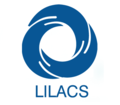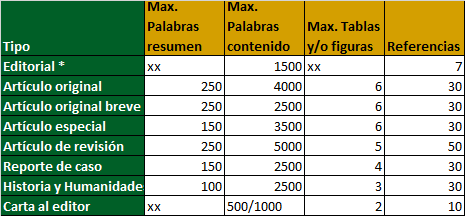Hábitos alimenticios y nivel de hemoglobina en estudiantes
DOI:
https://doi.org/10.37711/rpcs.2019.1.4.29Palabras clave:
Humanos, Distribución de chi-cuadrado, Comportamiento de alimentación, Encuestas y cuestionarios, Hemoglobinas Anemia, EstudiantesResumen
Objetivo. Identificar la relación entre los hábitos alimenticios y el nivel de hemoglobina de los estudiantes de Enfermería de la Universidad de Huánuco, 2017. Métodos. Estudio transversal, con enfoque cuantitativo. La población fue de 553 estudiantes, la muestra fue 397 seleccionados probabilísticamente, por estratos con afijación proporcional. Se aplicó una guía de encuesta sociodemográfica, un cuestionario de hábitos alimentarios y, para medir el nivel de hemoglobina, se utilizó el hemoglobinómetro. En el análisis inferencial se utilizó la Prueba de chi-cuadrada de independencia. Se consideró significativo p < 0,05. Se tuvieron en cuenta las consideraciones éticas. Resultados. Analizando el nivel de hemoglobina de la muestra en estudio, se evidenció que el 7,1 % (28) de los estudiantes tuvo anemia leve, frente a una importante proporción de aquellos que no tuvieron anemia [90,7 % (360)]. Respecto a los hábitos alimenticios, el 81,6 % (324) tuvo hábitos alimenticios adecuados, frente al 18,4 % (73) con inadecuados hábitos alimenticios. Al evaluar la relación entre los hábitos alimenticios y el nivel de hemoglobina de la muestra en estudio, se halló que el 76,8 % (305) tuvieron hábitos alimenticios adecuados, y a su vez no presentaron anemia [x2 = 25,28 y p = 0,00]; aceptándose la hipótesis de investigación. Conclusión. Los hábitos alimenticios se relacionan significativamente con el nivel de hemoglobina en estudiantes de Enfermería de la Universidad de Huánuco.
Descargas
Descargas
Publicado
Número
Sección
Licencia
Derechos de autor 2019 Revista Peruana de Ciencias de la Salud

Esta obra está bajo una licencia internacional Creative Commons Atribución 4.0.






















